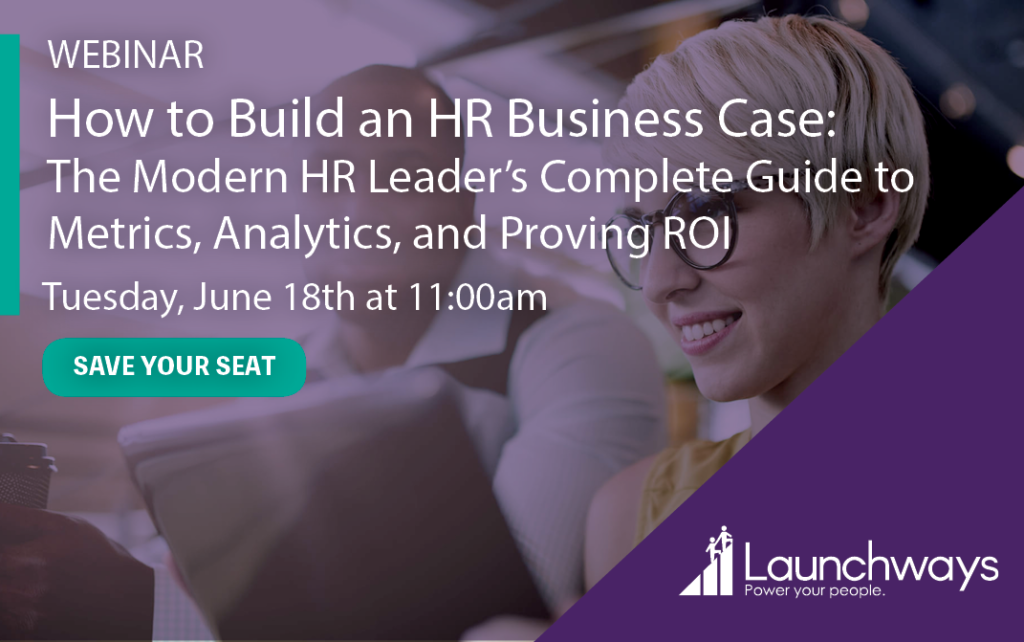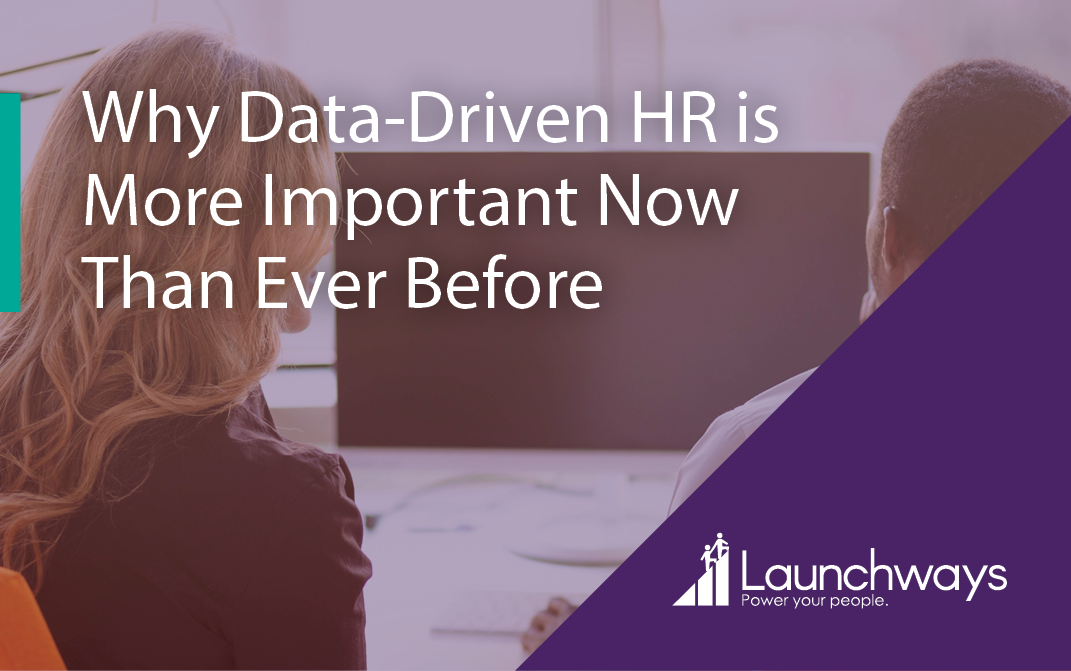The U.S. Bureau of Labor Statistics announced that April 2019 marked the lowest unemployment rate in 50 years and that year-over-year average hourly earnings have risen at or above 3% for nine straight months.
While that’s good news for the U.S. economy, as an HR professional you know both decreasing unemployment and increasing wages affect your ability to recruit and retain talent.
Just as customer experience is driving brand loyalty, employee experience – their perception of the way your organization treats them – will become the employment differentiator in an increasingly competitive market for talent. If your HR team hasn’t prioritized technology that collects then analyzes employee data, how will you understand what your differentiators are?
The technology already exists to help you analyze your workforce and plan for future needs. However, HR has been slower than other areas of a business to adapt to the digital age.
A KPMG survey of 1,200 HR executives found
- Two-thirds agree HR has undergone or is undergoing a digital transformation, but only 40% have a digital work plan in place at the enterprise or HR level
- HR execs who believe HR has a strategic role in their business are more likely to be pursuing digital transformation; 67% support a strategic role compared to 48% who view the HR role as unchanged
There are many reasons you should use data and analytics in HR. In this post we’ll discuss a few reasons that will help you make the decision to invest time and resources in the technology you need.
- Become more analytical. To be taken seriously as an HR pro, have conversations around data and look at initiatives analytically.
- Build a business case for HR initiatives. Data-driven HR will allow you to build a business case for initiatives and get the budget you need approved.
- Keep your job. As more HR tasks are automated, becoming an expert on understanding and using HR analytics will increase your value as a team member.
Use HR data to become more analytical — and be taken seriously
A PricewaterhouseCoopers survey found 77% of CEOs believe the limited availability of skilled workers is the single biggest threat to their business. They feel pressure to find and retain talent. It seems counterintuitive, then, that HR doesn’t always have a seat at the leadership table.
Often that’s because there is the perception that because HR is people-focused, HR professionals make critical decisions based on relationships or personal experience rather than facts. As an HR professional, you must lead your organization to adapt HR processes that are tech-driven to assure leadership that your recommendations are based on data, not intuition.
And, if you’re still focused on reporting the same tired statistics such as how many employees you have and cost of compensation and benefits, it’s time to step up and report more meaningful information. With the right technology, HR can glean more meaningful insights from the information you already have. Some experts refer to this as “people analytics.”
“Headcount, turnover, and tenure are helpful metrics, but people analytics are really about uncovering more meaningful insights that drive better workforce decisions, productivity, and business outcomes,” Paylocity’s Ted Gaty noted.
Data Builds the Business Case for HR Initiatives
Sales and marketing professionals collect and analyze data about customers, then make decisions based on what they find. So why should the approach be any different for your organization’s most valuable resource – talent?
You likely have the data you need already: you just need the tools and training to analyze the information in ways that tell what’s happening now and help you build a competitive talent strategy for the future.
As an HR professional, you need to integrate data into processes so you can collaborate better with your organization’s leadership to make better business decisions. To get resources allocated to HR, focus on how HR can deliver new value for the organization.
For example, data can aid in making decisions about the right time to hire by compiling all of the costs that go into recruiting and retaining each position, beyond just salary and benefits costs.
Your organization’s leadership may only take a critical look at culture and retention when there is a crisis, such as a huge upset when a key employee unexpectedly quits. Educate them that data analytics can track slow-moving trends that warn of potential problems. With constant monitoring, you can collect data – then act on it.
After initiatives are implemented, use data to prove Return on Investment by showcasing positive changes in key people metrics.
Keep Your Job
HR tasks that once were paper-based transactions are becoming increasingly automated. Technology has automated everything from payroll to recruitment and performance reviews, and new HR tech to tackle more tasks is being developed every day.
Rather than seeing technology as a threat to your role, view the digital transformation of HR as a way to provide you with more time for higher-level strategic tasks. Show the importance of your role by becoming your organization’s expert on analyzing HR data as it relates to overall strategic goals.
In this way, being a data-driven HR person will allow you to contribute more to your organization’s leadership team. But you must act decisively rather than standing back and watching what other organizations are doing.
Understanding what your data means will help you to forecast the future and make intelligent decisions about talent needs that propel goals for revenue growth.
We agree with Paylocity’s Ted Gaty: “There’s a lot of data out there about your workforce and if you can take that data and make use of it with advanced analytics, then you will start to optimize your workforce and design programs that improve key HR metrics.”
Don’t Miss Our Webinar
Now that you understand why you should be collecting and analyzing HR data want to learn more about using this resource? Sign up for Launchway’s webinar “How to Build an HR Business Case: The Modern HR Leader’s Complete Guide to Metrics, Analytics, and Proving ROI.”


